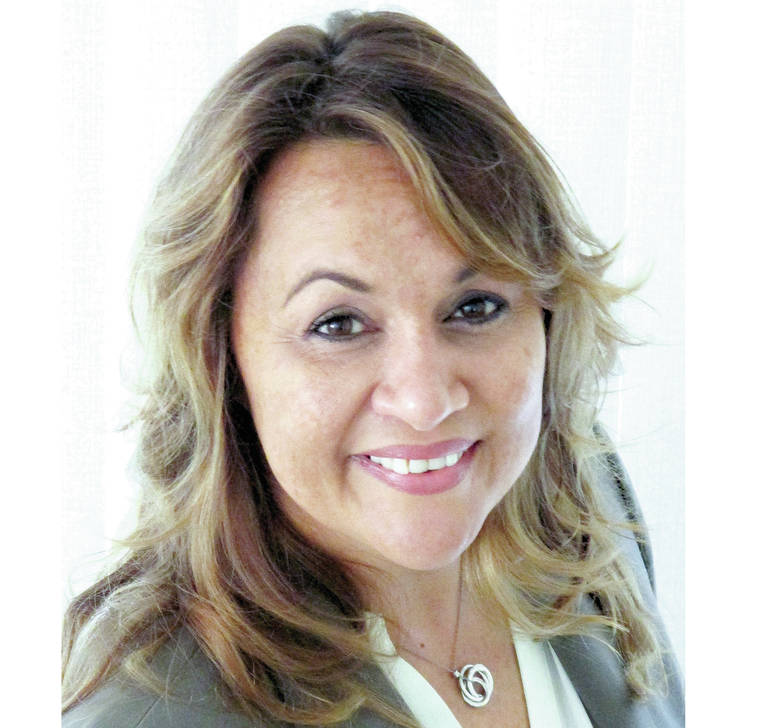HILO — Concerns about the impact of a strict new energy code on the cost of housing had the County Council on Tuesday vowing to look at ways to minimize costs on the Big Island.
Hawaii County missed the deadline to make its own modifications to the International Energy Conservation Code, which went into effect last month. Counties had two years before that to implement their own changes to the code. Maui had modified its code in March, and Kauai modified its in November, leaving Hawaii County and Oahu using the state code.
“It really seems impossible to me when we have overly burdensome regulations that may apply to other islands but not here,” said Puna Councilwoman Ashley Kierkiewicz. “The dream of owning your own home is impossible with this type of regulation.”
The council plans to bring forth not just amendments, but also exemptions. Members tasked their attorney with researching how far the county can go in amending the code while staying within state laws.
County planners estimate 20,000 new houses need to be built by 2025 to accommodate the growing population. Most council members agreed that climate change is making the island hotter, and some homes might need to add air conditioning units, which Puna Councilman Matt Kanealii-Kleinfelder said accounts for roughly 20% of the world’s energy use.
“I can see the negatives of this; I can also see the positives,” Kanealii-Kleinfelder said. “We need to start taking this into account. … We’re all putting ACs in our houses.”
Not so, said Hamakua Councilwoman Valerie Poindexter. She said most of the people in her community, including herself, don’t have air conditioning, so they don’t need their homes tightly sealed as required by the new code.
“It’s like a state unfunded mandate,” Poindexter said. “They need to give us options.”
Building costs continue to climb and most council members point to government regulations as a prime reason.
“I’m bothered by the fact that we’re going to increase the cost of our affordable housing,” said Kohala Councilman Tom Richards. “Our infrastructure costs are so high and now we’re going to increase our structure costs.”
Hilo Councilwoman Sue Lee Loy, chairwoman of the Public Works Committee that discussed the energy code, outlined several avenues the county can take in addition to writing amendments to the code. Members can also lobby the state Building Code Council and state legislators to make the code more realistic for the island, she said.
“In my humble opinion, Maui and Kauai don’t go far enough,” Lee Loy said. “This is us fighting for our constituency.”
Lee Loy pressed Public Works Director David Yamamoto to explain how the county missed the March 31 deadline to enact its own regulations.
Yamamoto said his department was “semi-distracted” by its work implementing a new EnerGov building permit computer system and then decided to simply use its variance process on a case-by-case basis to deal with the energy code. He said he still has questions about how many amendments the county would legally be allowed to make to the state code.
“The Department of Public Works decided not to struggle for county amendments before the looming deadline,” Yamamoto said.
Three people testified about the new energy code, two opposed and one in favor.
Puna resident Hannah Hedrick urged council members to visit their districts to see how residents struggle to afford their houses. Many houses aren’t current on their building permits at all, let alone a new energy code, she said.
“More than half of my neighbors live in constant fear that they’re going to be penalized and fined,” Hedrick said. “This will penalize the people who are the true conservationists in my opinion …. the people that are willing to live with less.”
Shelly Green, speaking for Aloha Build and Design in Keaau, said builders need options for people who live in the specific climate zones and housing types. For example, she said, requiring Fiberglas insulation under floors leads to condensation and moisture problems. Many homeowners want an outdoor lifestyle, she said.
“We’re in the Puna district. … Not a lot of people can afford air conditioning,” Green said. “What about screening options … outdoor showers, living quarters that are screened in?”
Blake Reid, owner of Waimea building contractor and energy consultant Terrawatt, is a strong supporter of the new energy code.
“I don’t think it’s perfect. I think it’s a really good step in the right direction,”” Reid said. “It doesn’t increase the total cost of construction because of the trade offs. … The climate is getting warmer and people want air conditioning.”






